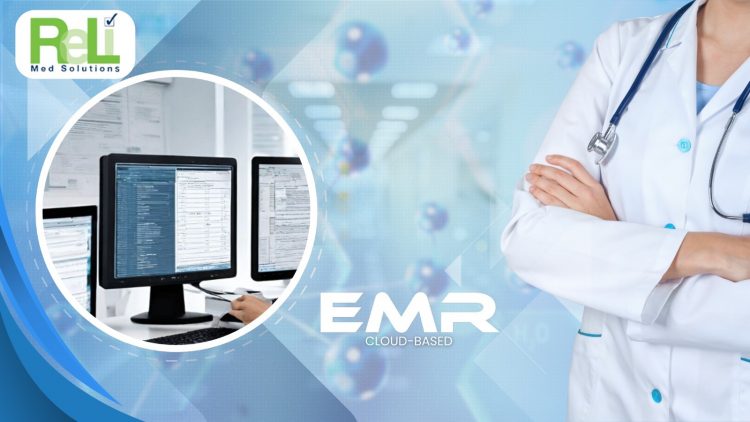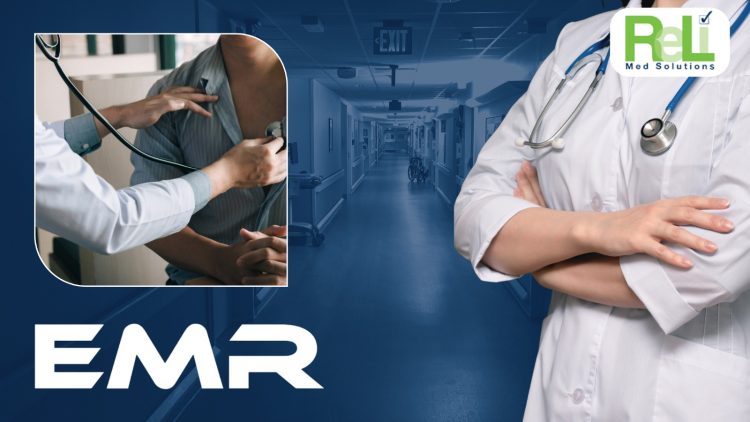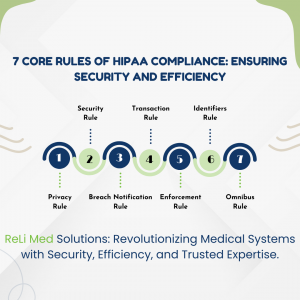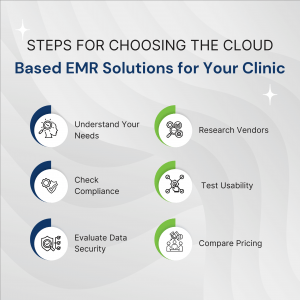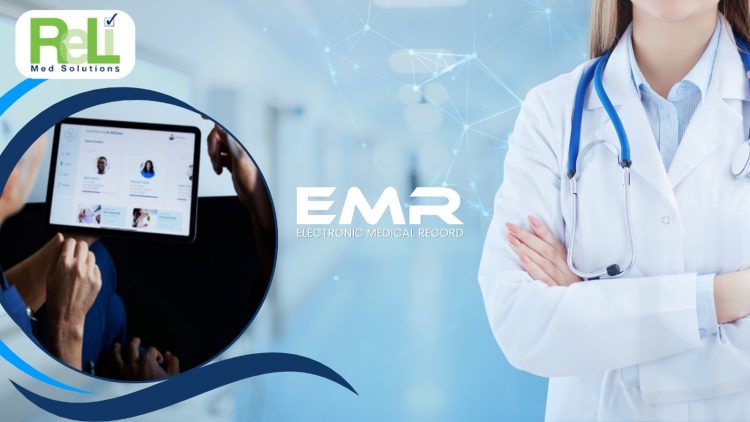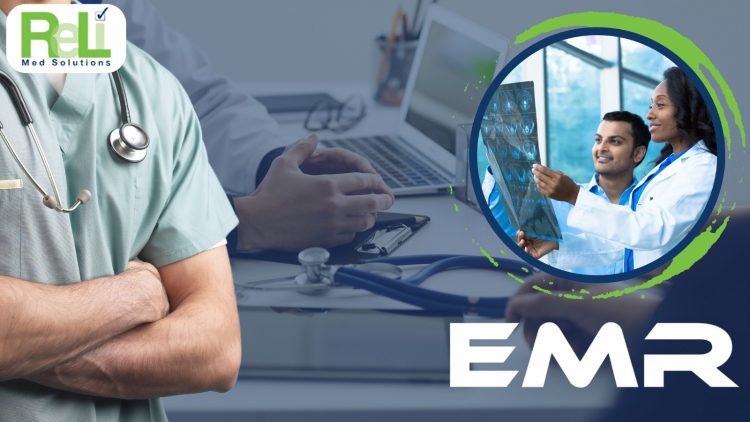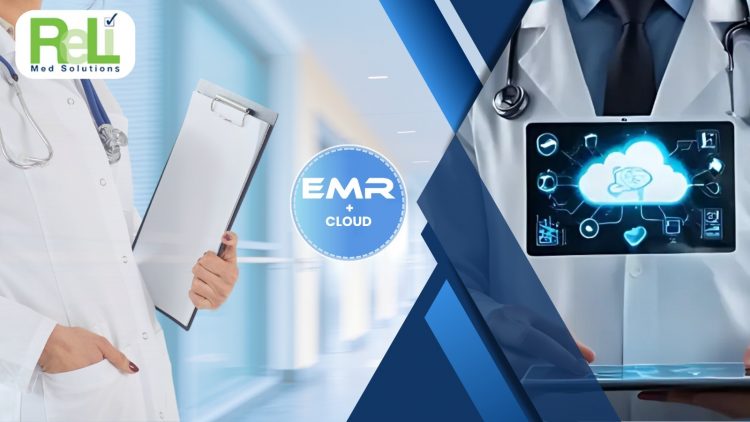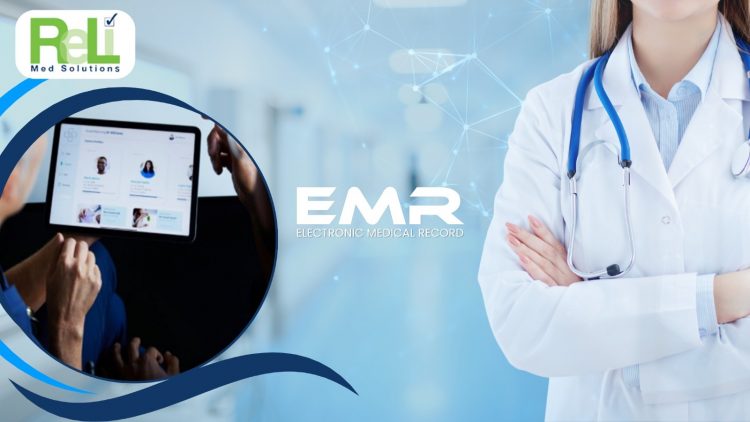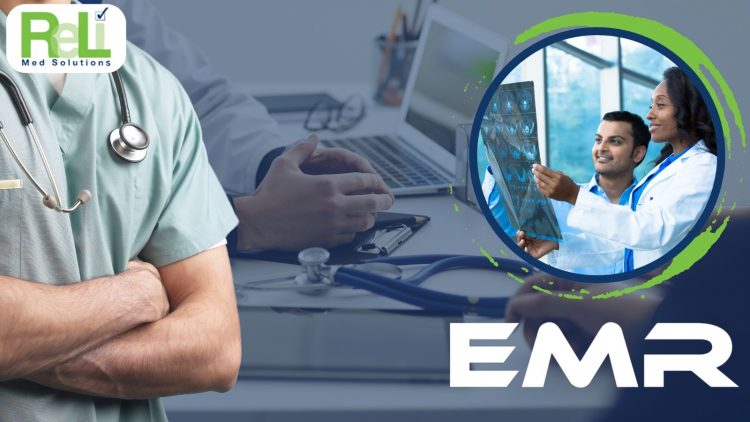Future-Ready EMR software features: What to Expect in 2025 and Beyond
EMR software has changed the way health care professionals work. It helps doctors keep patient data organized, saves time, and makes everything more efficient. But as we move toward 2025, EMR software features will improve even more. New updates will make these systems smarter, faster, and safer for both doctors and patients. So, health care workers need to stay informed about these changes to give the best care and stay ahead in their field.
Why Do Physicians Need to Know About EMR Software Features?
Doctors use EMR systems everyday to access patient data, but they also need to know about the latest EMR software features to make their work easier. For example, tools like artificial intelligence and voice recognition can help reduce the time doctors spend on paperwork. Because of this, they can focus more on caring for their patients. These features also help doctors save time and reduce mistakes. If physicians keep up with these updates, they can improve their services and make their clinics or hospitals more efficient and modern.
Features and Innovations to Expect in 2025 and Beyond
The future of EMR software will bring many new features to make health care better. These features will not only improve patient care but also help in areas like RCM, which manages billing and finances in health care. Below are some exciting changes to expect:
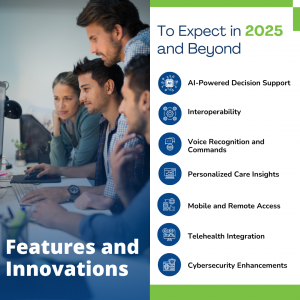
- AI-Powered Assistance
AI will make EMR systems much smarter. AI can help with tasks like filling out patient charts, diagnosing illnesses, and predicting patient needs. So, doctors can work faster and make better decisions to improve patient care.
- Voice Recognition Technology
Voice recognition tools will allow doctors to talk directly to the system instead of typing. If doctors are busy, they can simply speak, and the system will record their notes. This feature will save time and make work much easier.
- Interoperability and EHR Integration
Different health care systems will work together more easily. EHR systems will connect with EMR systems to share patient data without problems. Because of this, doctors and other health care workers can work as a team and give better care to patients.
- Enhanced Patient Engagement Tools
New apps and tools will help patients stay connected with their doctors. If patients can see their medical records, book appointments, or send messages to their doctors using a portal or app, it will improve their experience and make them feel more involved in their care.
- Customizable Dashboards
Customizable dashboards will let doctors change how their EMR system looks and works. So, they can quickly find the info they need without wasting time. This feature will make work faster and easier for everyone.
- Integration of Wearable Devices
Smart devices like fitness trackers and smartwatches will link to EMR systems. If doctors can see data from these devices, they can monitor their patient’s health in real-time and provide care sooner if there are problems.
- Predictive Analytics
Predictive analytics will use patient data to guess possible health issues before they happen. Because of this, doctors can act earlier to prevent serious problems and offer better treatment plans.
Why Does EMR Software Need Innovation?
The health care industry is always changing, and Medical Billing Services and other tasks are becoming more complex. EMR software must keep improving to handle new challenges, such as managing large amounts of patient data or helping with difficult medical cases. If the systems do not improve, they can slow down work and make mistakes more likely. Innovation makes sure that EMR software stays helpful, easy to use, and reliable. So, constant updates and new features are necessary to meet the needs of modern health care.
How Will EMR Software Stay Compliant with Regulations?
Regulations like HIPAA and GDPR are in place to protect patient data, and EMR systems need to follow these rules. If health care workers fail to meet these standards, they can face big fines and lose patient trust. Future-ready EMR systems will come with built-in tools to make it easier to follow the rules. For example, audit trails will track every action taken in the system, and alerts will warn users if something breaks a rule. Because EMR software will get regular updates to match the latest regulations, doctors and hospitals can focus on patient care without worrying about legal problems.
Why Choose ReLi Med Solutions for Your EMR Needs?
ReLi Med Solutions is a leader in providing advanced EMR software features for health care professionals. If you are looking for software that is easy to use, secure, and flexible, ReLi Med Solutions is a great choice. Because of their focus on innovation and user-friendly designs, their EMR systems help health care workers work faster and smarter. So, investing in ReLi Med Solutions is a step toward better patient care and more successful practice.
Conclusion
As we look ahead to 2025, EMR software features will continue to make health care better. They will help doctors work faster, protect patient data, and give better care. However, staying updated on these changes is very important for health care workers who want to remain competitive and provide the best service possible. By using innovative solutions like those from ReLi Med Solutions, health care workers can improve their work and prepare for the future. Because health care is moving toward digital tools, adopting modern EMR systems will ensure success in the years to come. So, now is the time to get ready for these exciting changes.

